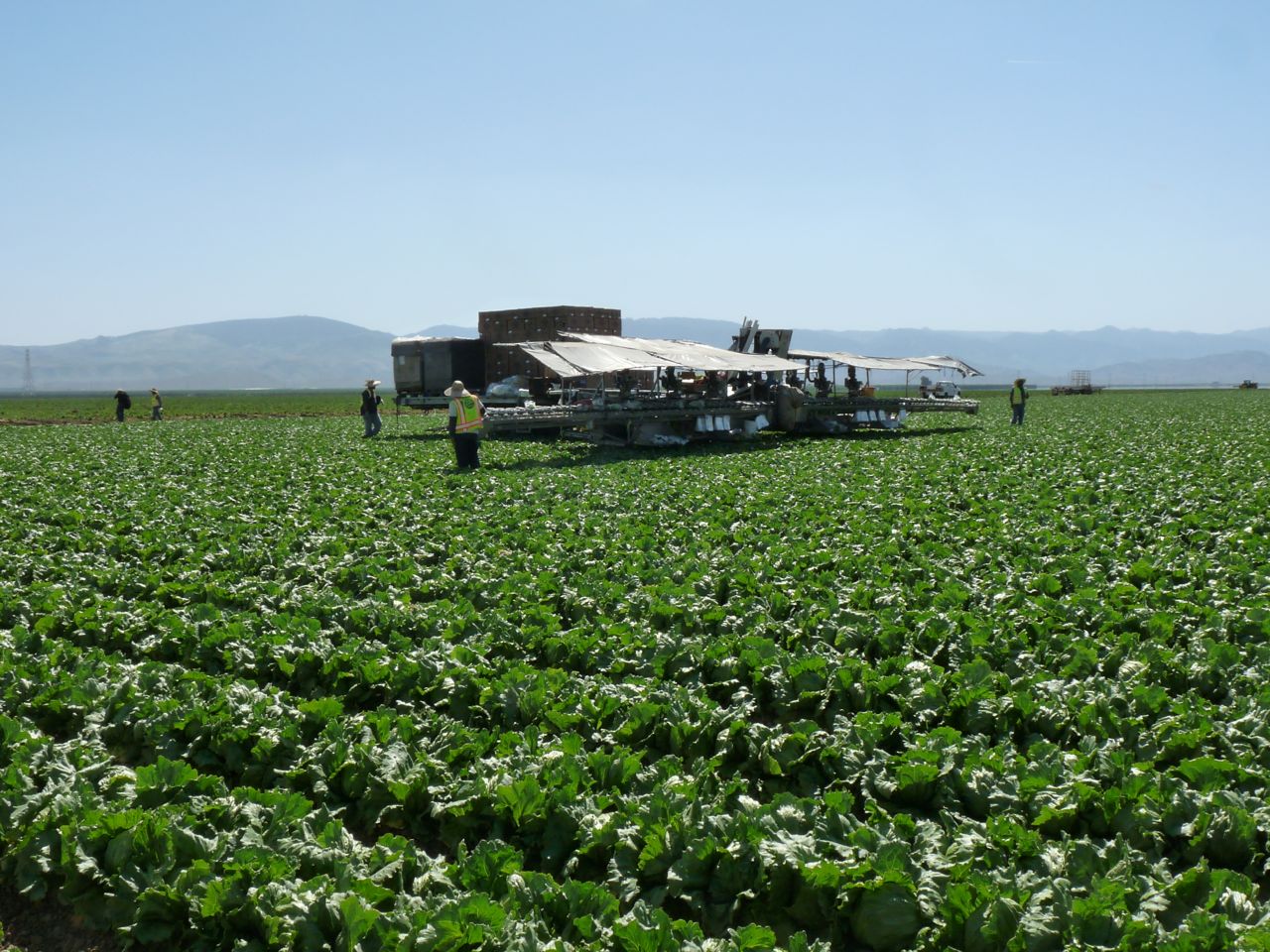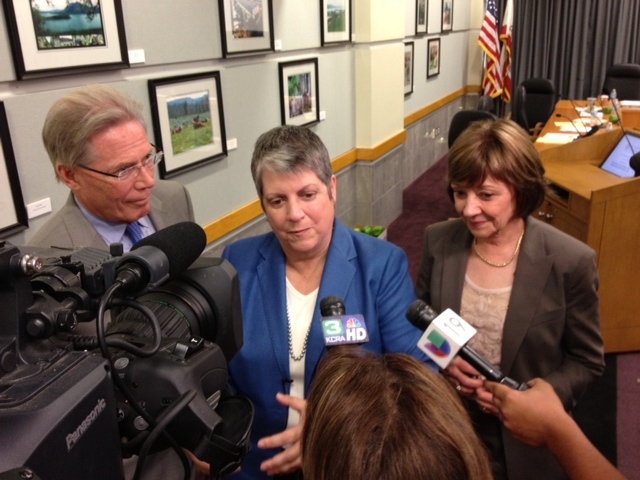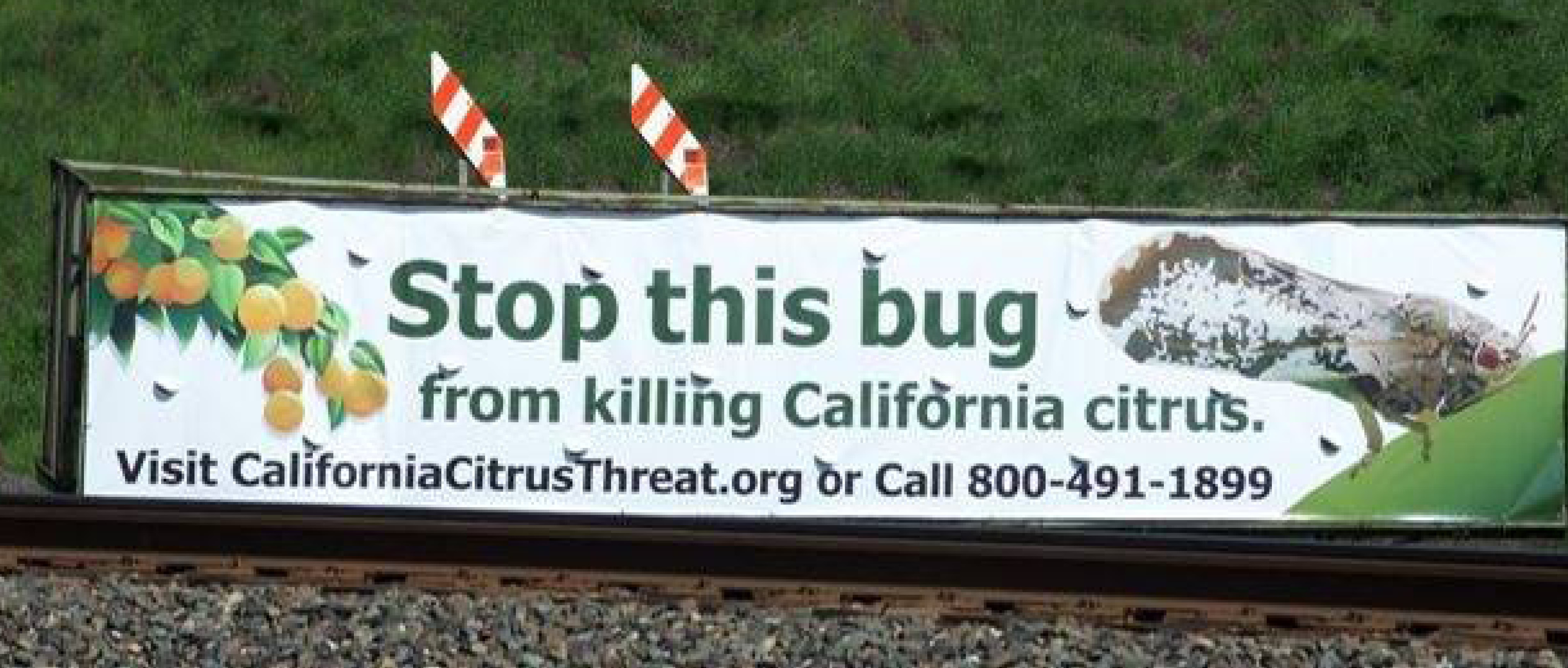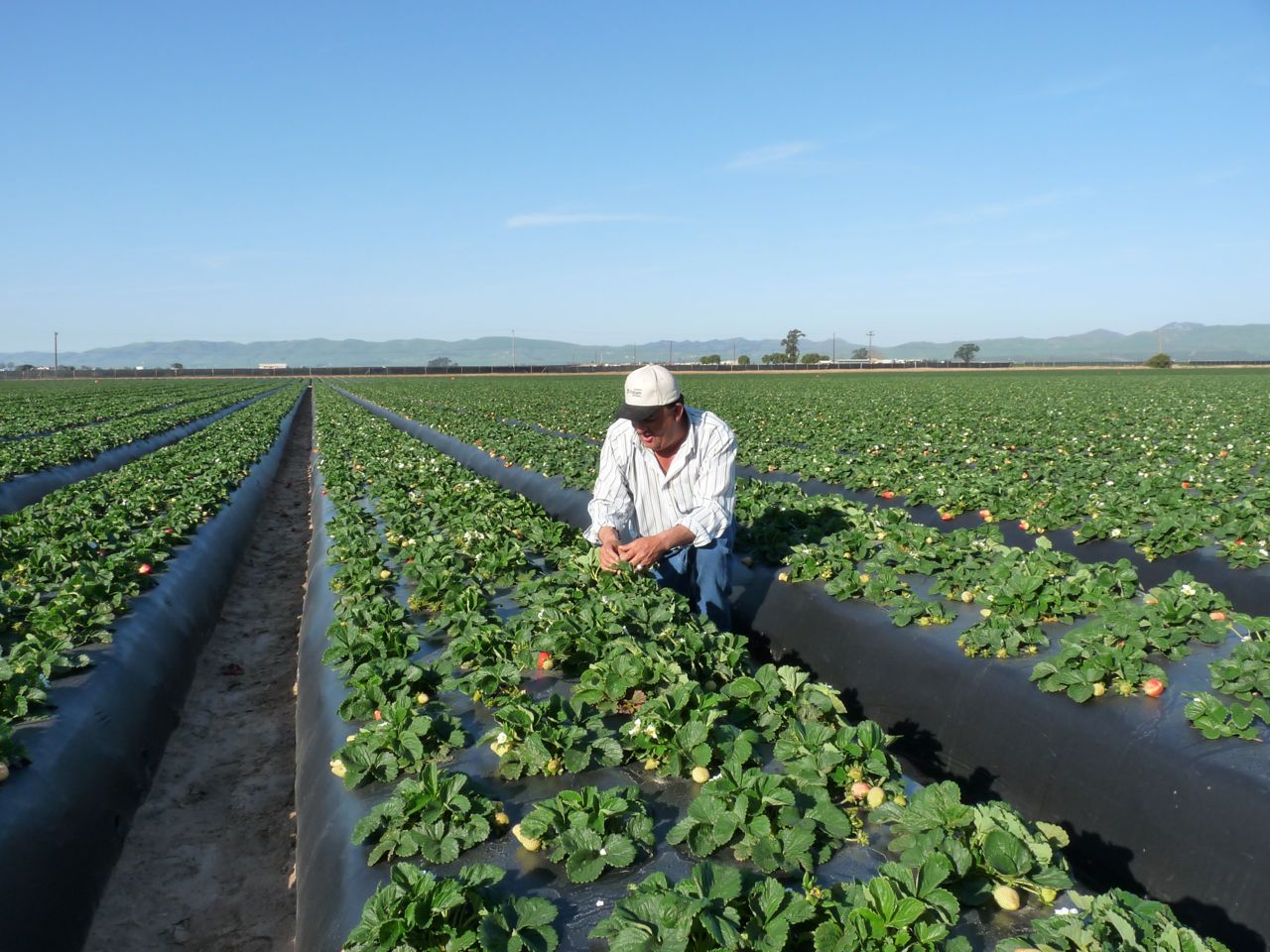California State Board of Food and Agriculture Visit Compton to Discuss Food Access Issues
Source: CDFA
The California State Board of Food and Agriculture discussed urban food access issues at its August 5, 2014 meeting at the Dollarhide Community Center in Compton, in Southern California.
“Increasing the availability of healthy food products within local communities should not be a monumental challenge,” said CDFA Secretary Karen Ross. “Yet we have communities that face this barrier. The work of community leaders, non-profit organizations and retailers in addressing food access issues has been very impressive, but more must be done.”
Nationally, in terms of food access, the U.S. Department of Agriculture estimates that approximately 23.5 million Americans live within a food desert and about half of those (13.5 million) are low income individuals. A food desert is defined as an urban/rural community without ready access to fresh, healthy and affordable food. Typically these communities lack a supermarket or grocery store within a 1-to-10 mile radius. In California, almost two million individuals live in a designated food desert.
Speakers included: Mayor Aja Brown, City of Compton; Iris Hernandez, Blue Line Farmers’ Market; Neelam Sharma, Community Services Unlimited; Dr. Michael Prelip, University of California, Los Angeles; Tiffany McDaniel, Community Health Council; Robert Egger, L.A. Kitchen; David Rosenstein, EVO Farms; Amanda Musilli, Whole Foods Market (via videoconference); Marion Standish, California Endowment; Jin Ju Wilder, Valley Produce; Alexa Delwich and Clare Fox, Los Angeles Food Policy Council; and Michael Flood, Los Angeles Regional Food Bank.
The California State Board of Food and Agriculture advises the governor and the CDFA secretary on agricultural issues and consumer needs. The state board conducts forums that bring together local, state and federal government officials, agricultural representative and citizens to discuss current issues of concern to California agriculture.




















